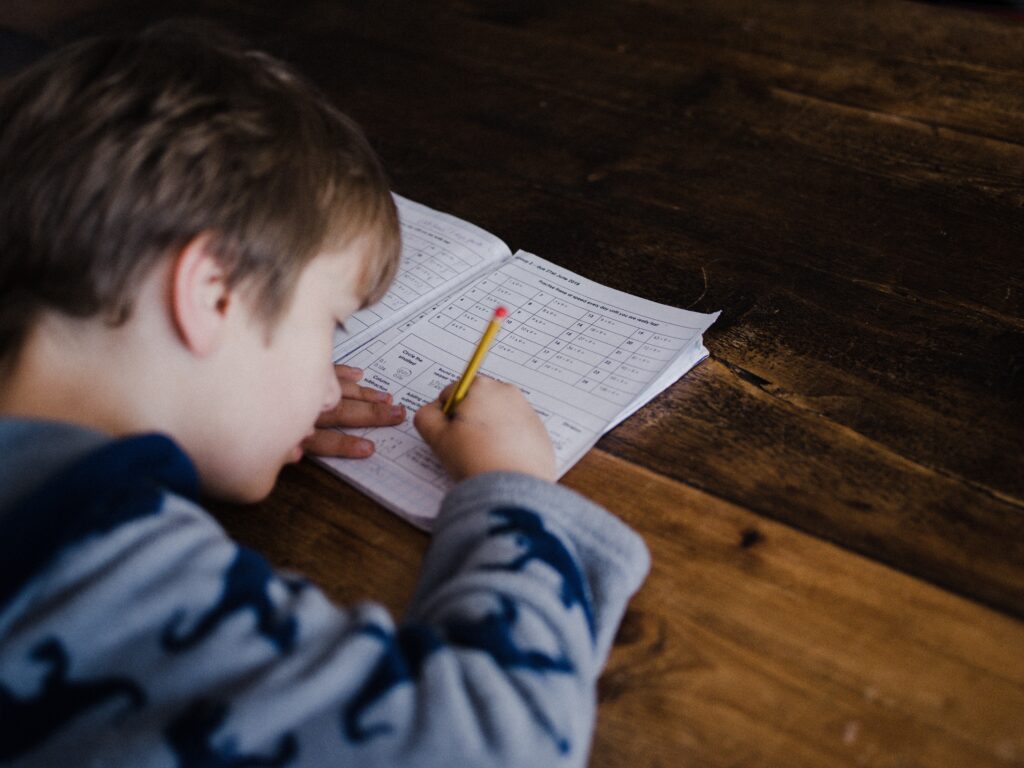
The following model is used to understand the stages we go through while learning. It is also known as the four stages of competence, or the “conscious competence” learning model. Depending on what source of information you are looking at, it can either be traced back to Abraham Maslow or Thomas Gordon’ Training.
This model provides insight on the psychological states involved in learning a new skill and the process from being unaware of what you do not know to be able to perform the new skill without having to think about it.
Let’s have a look at the 4 stages in the example of “driving a car”:
First Stage: Unconscious Incompetence
My two and a half year old daughter does not know that she cannot drive a car and she probably does not mind, at this stage. She does not know that she does not know how to drive a car: She is unconscious about her incompetence.
Generally speaking, individuals are not too bothered at this stage as they do not recognize the value of learning a skill. When they start to realize the benefit of a new skill, then they move to the next step.
Second Stage: Conscious Incompetence
At some point in time, my daughter will realize that she is not able to drive like Mum or Dad. She might even say that in a few years she will start to drive a car herself. In this stage she knows, that she cannot drive the car: She is conscious about her incompetence.
People want to learn something once they found out what it could mean for them if they knew. This is preceded by the realization that they do not yet have the ability they seek. This is where awareness comes in. If there is an obvious benefit, the individual will be inclined to start the learning and training process, which is the transition to the next stage.
Third Stage: Conscious Competence
When my daughter is 18 years old, she will have started to drive and take her time in practicing the individual skills it takes to become a competent driver. It will take her some time where she pays extra attention while driving. She is very conscious that she now can drive the car (her new competency) but will do it with extra care.
Moving from stage two to three can be uncomfortable as we are in the training and practices stage. This also means making mistakes or failing at times, like stalling the car. With persistence and enough motivation that makes the skill worthwhile, we move to the next stage.
Fourth Stage: Unconscious Competence
After some years, my daughter will drive from A to B without thinking too much about indicating or changing lanes, it will happen naturally as she has refined her skill over time.
This is when a new skill has become “second nature” and we are often able to do other things alongside of it.
Fifth Stage: Reflective Ability over the other Stages
This is the stage of the driving instructor, teacher, coach or trainer. It allows teaching others what they need to move through the stages.
This stage is not part of the original model.

Wow this theory is natural and seems to be the everyday life